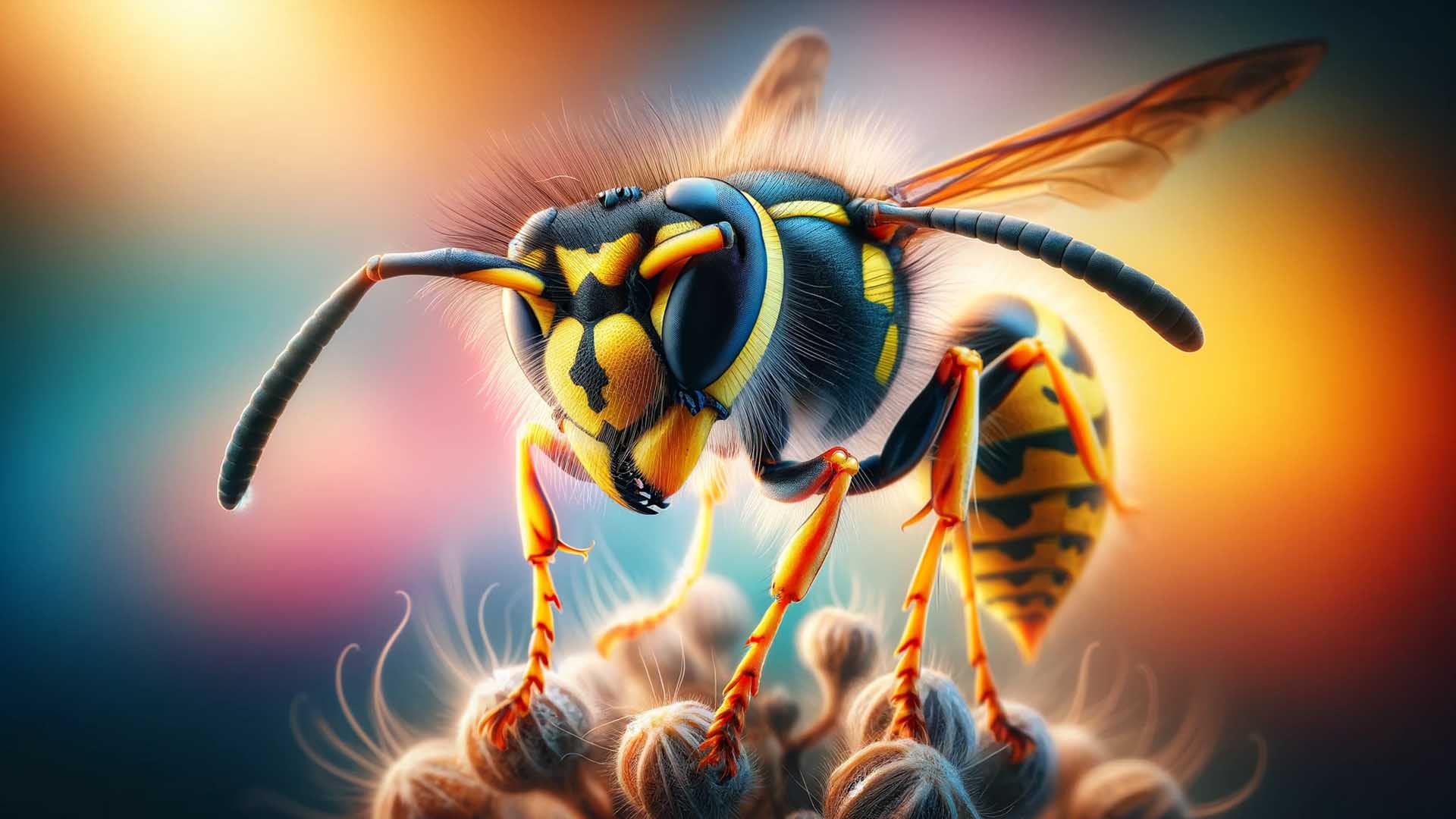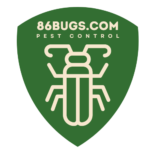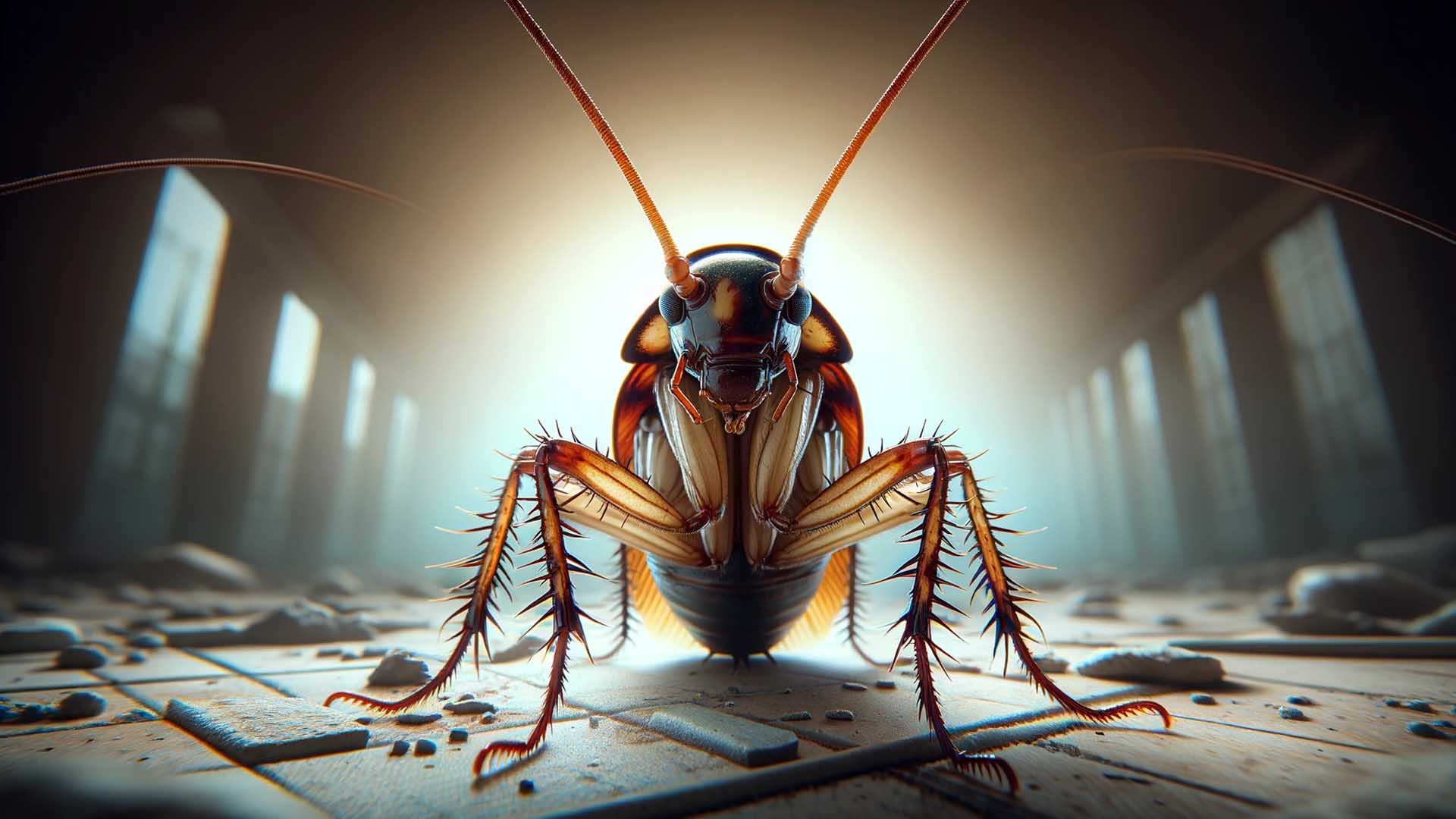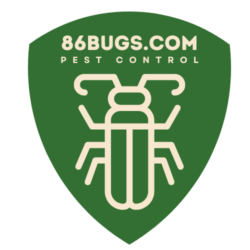Household Pests
1. Ants
If you want to talk about the most common insects you can find at home, ants will likely be on top of your mind. Surveys confirm that ants are the most concerning pests among homeowners and renters in the United States.
One important thing to note about ants is that they come in different species. There is the house ant, which is the most common kind. These are the ones that love sugar and emit a distinct odor.
Another is the carpenter ant, which sports a black, brown, or red color. This is the dangerous type, as it can damage properties. They can compromise your home’s structural integrity and chew on your wirings.
If you see a lot of these in your home, it is best to seek professional ant control via 86Bugs, ASAP.
2. Flies
If there is a title for the most annoying bug, flies are top contenders. Flies love to fly and buzz around, looking for food. They often land on what you prepared on the dining table.
But their favorites are decaying materials. Hence, they can spread all sorts of germs and bacteria.
There are also fruit flies, which are smaller than the common housefly. As their name implies, they gravitate towards fruits and other sugary stuff.
3. Silverfish
Though silverfish do not pose health concerns, they can still infect you in many ways. First, they love eating starchy foods. They also feast on books and papers that you leave in boxes for a long time.
They also love staying in attics, bathrooms, and basements. They may not be dangerous, but their silvery scales and long antennae can creep you out.
Bees Sting

5 Types sting
Bees sting when they sense a threat or attack from external forces. Believing that it or any other bee is in danger is enough of a reason for a bee to sting.
4. Cockroaches
Roaches are one of the most common household bugs people love to hate. They are stinky, they look menacing, and they spread pathogens wherever they crawl. They love hanging out around garbage and decaying items.
They also love fecal matter.
The problem with roaches is that they are one of the hardest pests to track. Thus, eliminating them for good is a tall order. However, roaches tend to infest areas that are rich in food and resources.
To reduce their population, you need to get rid of clutter. Try to keep your things like books, magazines, and files off the floor.
And if the regular anti-roach items fail to curb the problem, it is best to call an exterminator.
5. Wasps (link to Bees that sting guide)
Like other bugs, wasps come in many types. But the most common of which in residential areas is the paper wasp. This is the one that constructs homes using papery materials.
Another is the hornet. Being the largest wasp species, hornets easily scare people. But what is scarier is the painful sting they can inflict on humans and animals.
And speaking of stings, the yellow jackets are the type of wasps that can sting humans multiple times.
6. Mosquitoes
Mosquitoes don’t only make that annoying sound when flying close to your ear, they also suck your blood and make you itch for hours. But more alarming is that mosquito bites can carry serious diseases.
One of these diseases includes dengue fever. Over 400 million people acquire this viral infection every year. Moreover, severe cases of dengue take around 22,000 lives annually.
Spiders everywhere

6 Common spiders
"In my experience, the majority of household spiders are harmless and prefer to keep to themselves," says Mohamed Samir, pest control senior technician based in USA
7. Spiders
Spiders are also common in many households. And often, they come in different looks, shapes, and sizes. If you have basements, sheds, and garages, you may see a wolf spider hanging in one of the corners.
These are either black or gray and sport hairy bodies. If you see a spider with very long and thin legs, then it’s likely the cellar spider or “daddy long legs.”
Spiders are generally peaceful creatures. However, they will not hesitate to bite if they see you as a threat.
8. Crickets
If you leave your doors and windows too often, there is a chance for field crickets to sneak inside your home. Usually sporting a black or brown color, field crickets love sneaking through cracks and crevices.
But their most distinctive feature is their signature chirping. Though they don’t bite and pose no health hazards, they can damage your clothes, wall coverings, and drapes.
9. Bed Bugs
If you find yourself itching with red bites all over your body and you cannot seem to find the culprit, you may have a bed bug infestation. The problem with these pests is they are so small and they feast on the blood of humans and animals.
As their name implies, they live on your beds and mattresses. They also feast on your blood while you’re asleep. However, they can also hang out in cracks, crevices, shoes, and picture frames.
10. Fleas
If you have a pet dog or cat, it is possible for a flea infestation to break out. That is if you do not provide proper hygiene for your pet.
Fleas bite not only animals but also humans. Moreover, the itch that their bites leave can linger for days.
And aside from your pet’s skin, they can also live in your clothing, bedding, and furniture.
11. Termites
Last but not least are the termites, which are one of the most devastating pests out there. Studies say that termites cause over $5 billion in property damage annually. They eat cellulose that comes with wood.
And as they chew on your wood, they weaken your property’s structural integrity. Dealing with termite infestation requires the help of an exterminator.





